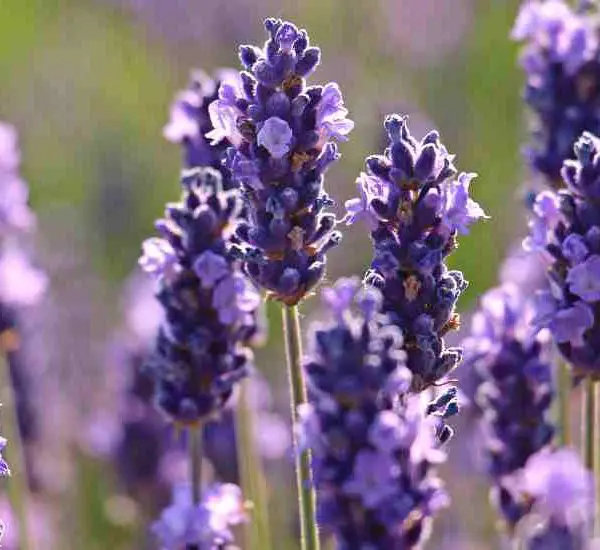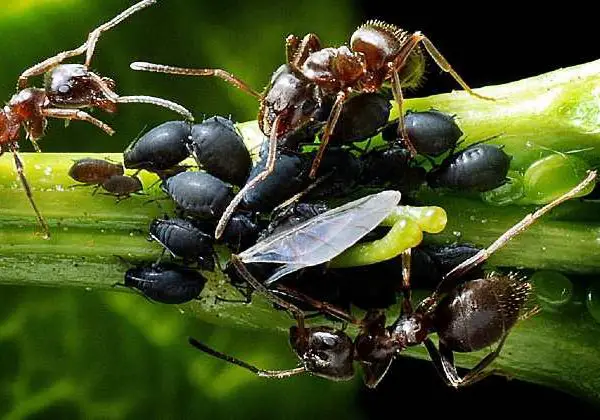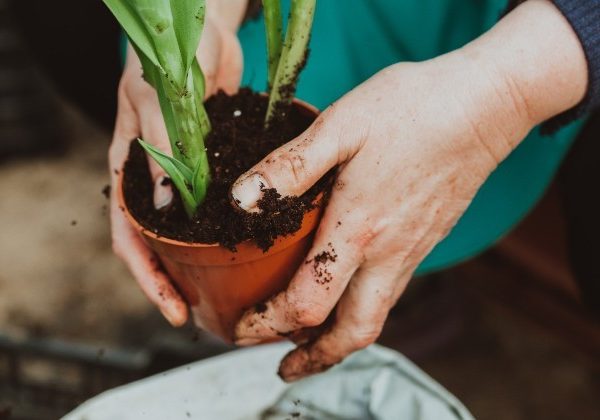To ensure a bountiful strawberry harvest next year, proper leaf pruning is essential. If you notice that many of your strawberries are rotting during the berry season, it’s time to consider cutting back the leaves on your non-remontant strawberry plants.
Pruning Instructions:
- Timing for Cutting:
- After the fruiting period ends, if most berries have rotted, it is crucial to cut the leaves completely. This step helps in preventing the spread of disease and promotes healthier growth for the following season.
- For bushes with only a few affected berries, remove the damaged fruits along with the corresponding leaves. Following this, mulch the bushes with straw to protect the soil and plants.
- How to Cut:
- Trim the strawberry leaves back to a height of 5 cm. Gather the cut leaves and dispose of them properly by burning to ensure any potential diseases are not spread.
- After cutting, allow the plants to rest for about 7 days. During this period, treat the plants with a nutrient-rich solution made from mullein, wood ash, and complex fertilizers to replenish the soil and support plant recovery.
- Why Timing Matters:
- Perform leaf cutting in the summer rather than postponing it until fall. Delaying this task can lead to the strengthening of fungal infections, making them harder to manage. Additionally, autumn-pruned bushes may struggle to overwinter effectively.
- Winter Preparation:
- As winter approaches, ensure that the layer of mulch and any leftover plant debris are treated with a 2% Bordeaux mixture to prevent fungal growth.
- In the spring, once temperatures rise, apply a 1% Bordeaux solution to the plantings to further protect them and encourage robust growth.
By following these guidelines for pruning and treatment, you’ll set the stage for healthier strawberry plants and a more abundant harvest next year. Happy gardening!
Show Comments



